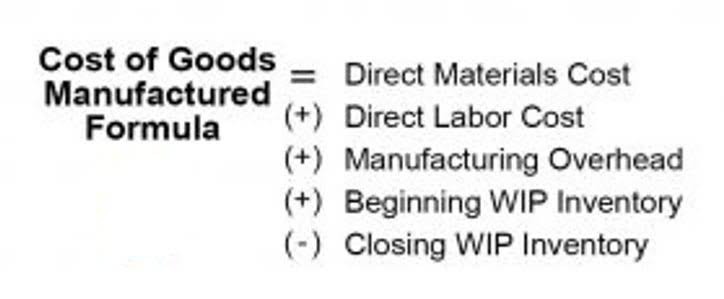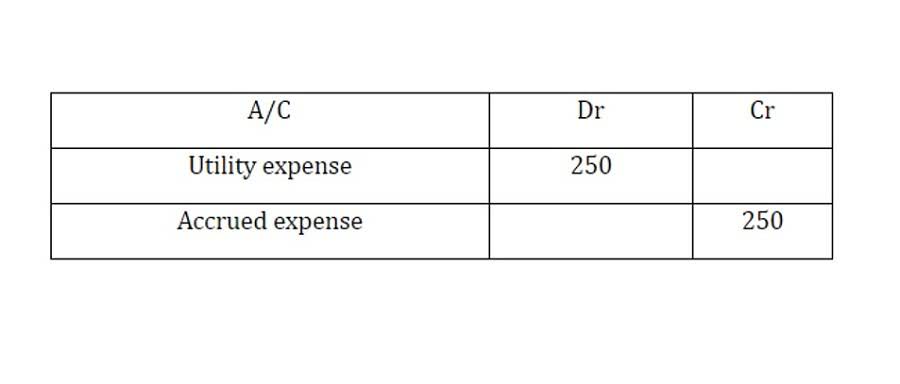{08/04/2021

Change in Working capital cash flow means an actual change in value year over year, i.e., the change in current assets minus the change in current liabilities. With the change in value, we will understand why the working capital has increased or decreased. The essence of the concept is that if a company has a positive working capital, it means they have funds in surplus.
Operating Assumptions

Change in net working capital refers to how a company’s net working capital fluctuates year-over-year. If your net working capital one year was $50,000 and the next year it was $75,000, you would have a positive net working capital normal balance change of $25,000. We’ll now move on to a modeling exercise, which you can access by filling out the form below. This example shall give us a practical outlook of the concept and its ebbs and flows.

Understanding Working Capital

Even though the payment obligation is mandatory, the cash remains in the company’s possession for the time being, which increases its liquidity. The net effect is that more customers have paid using credit as the form of payment, rather than cash, which reduces the liquidity (i.e. cash on hand) of the company. In conclusion, our hypothetical company’s incremental net working capital (NWC) rate implies that approximately 20% of its net revenue is tied up in its operations per dollar of incremental revenue. Investors can also see the usefulness of NWC in calculating the free cash flow to firm and free cash flow to equity. But if there is an increase in the net working capital adjustment, it isn’t considered positive; rather, it’s called negative cash flow. The above steps are commonly used by the management and stakeholders to calculate the value of net working capital equation.

What is Negative Net Working Capital?

Lenders will often look at changes in working capital when assessing a company’s management style and operational efficiency. Change in working capital is the change in the net working capital of the company from one accounting period to the next. This will happen when either current assets or current liabilities increase or decrease in value. The net working capital (NWC) metric is a measure of liquidity that helps determine whether a company can pay off its current liabilities with its current assets on hand. This measures the proportion of short-term liquidity compared to current liabilities.
Author Services
Examples of changes in net working capital include scenarios where a company’s operating assets grow faster than its operating liabilities, leading to a positive change in net working capital. However, the more practical metric is net working capital (NWC), which excludes any non-operating current assets and non-operating current change in net working capital liabilities. Working capital represents the difference between a firm’s current assets and current liabilities. Working capital, also called net working capital, is the amount of money a company has available to pay its short-term expenses.
- A statement of changes in working capital is prepared by recording changes in current assets and current liabilities during the accounting period.
- Generally, companies like Walmart, which have to maintain a large inventory, have negative working capital.
- Changes in net working capital can have significant implications for a company’s financial health.
- For example, consider a manufacturing company facing challenges in collecting receivables from customers, leading to a significant increase in A/R.
Current assets are those that can be converted into cash within 12 months, while current liabilities are obligations that must be paid within the same timeframe. Understanding the factors driving changes in working capital is essential for evaluating a company’s financial health and operational efficiency. From shifts in market demand to variations in supplier terms, various internal and external factors can influence working capital dynamics. Working capital is a snapshot of a company’s current financial condition—its ability to pay its current financial obligations. Cash flow looks at all income and expenses coming in and out of the company over a specified time period, providing you with the big picture of inflows and outflows. Imagine if Exxon borrowed an additional $20 billion in long-term debt, boosting the current amount of $40.6 billion to $60.6 billion.
. How to find change in NWC on cash flow statement?
- Working capital is a core component of effective financial management, which is directly tied to a company’s operational efficiency and long-term viability.
- However, the more practical method is to convert the figure into a percentage for forecasting (and comparability).
- Imagine if Exxon borrowed an additional $20 billion in long-term debt, boosting the current amount of $40.6 billion to $60.6 billion.
- A company with a negative net WC that has continual improvement year over year could be viewed as a more stable business than one with a positive net WC and a downward trend year over year.
Current assets include assets a company will use in fewer than 12 months in its business operations, such as cash, accounts receivable, and inventories of raw materials and finished goods. Current liabilities include accounts payable, trade credit, short-terms loans, and business lines of credit. Essentially, working capital is the amount of money a company has available to pay its short-term expenses.
Change in Net Working Capital Formula (NWC)
Excessive working capital for a prolonged period of time can mean a company https://www.bookstime.com/ is not effectively managing its assets. • External financing options include angel investors, small business grants, crowdfunding, and small business loans. SoFi has no control over the content, products or services offered nor the security or privacy of information transmitted to others via their website. SoFi does not guarantee or endorse the products, information or recommendations provided in any third party website. In our hypothetical scenario, we’re looking at a company with the following balance sheet data (Year 0). By submitting this form, you consent to receive email from Wall Street Prep and agree to our terms of use and privacy policy.
